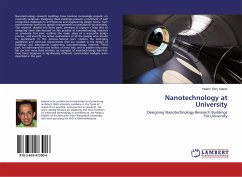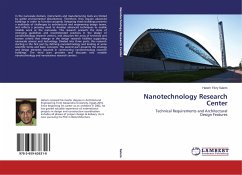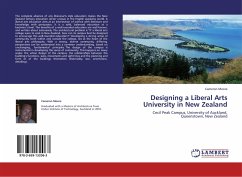Nanotechnology research buildings have become increasingly popular on university campuses. Designing these buildings presents a multitude of well recognized challenges to architectural and engineering design teams, from environmental control to spatial arrangements to operational functionality. This research; divided into three parts, attempts to capture a snap shot of designing nano labs focused on the practice of nanotechnology research at university. First part, outlines the major steps of a successful design process, and identify the active involvement of all the people who should be participants in the process. Second part, reviews the emerging guidelines and technical requirements that are needed in the design of buildings and laboratories supporting nanotechnology research. Third part, to understand the cost factors of nano labs, and to explain why nano lab can cost more than another, six examples of nanotechnology labs that have been designed at significantly different construction budgets were described in this part.
Bitte wählen Sie Ihr Anliegen aus.
Rechnungen
Retourenschein anfordern
Bestellstatus
Storno








